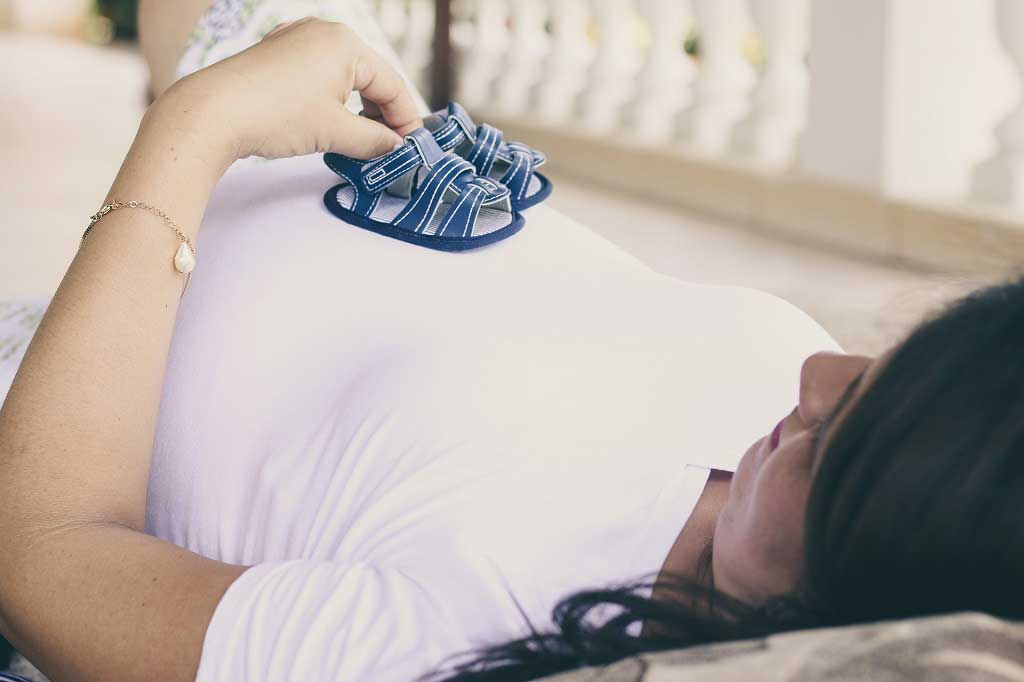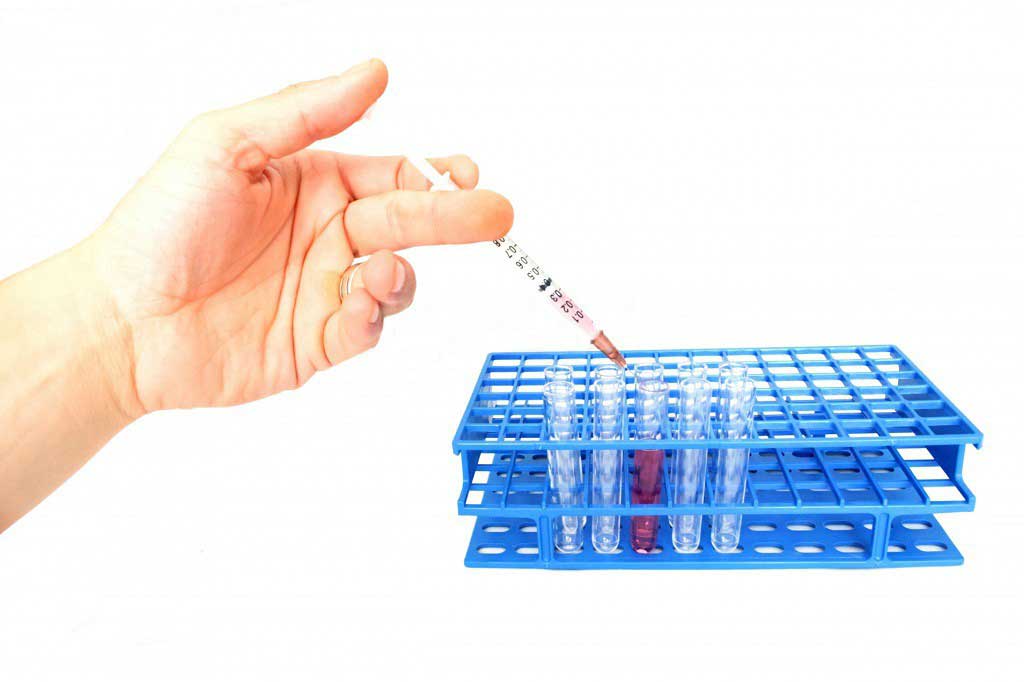Hiatus hernia
Diagnosing a hiatus hernia
A hiatus hernia can usually be diagnosed after a gastroscopy or X-ray.
Gastroscopy
A Gastroscopy is a procedure where theinside of your body is examined using a gastroscope(a long, thin flexible tube with a light and video camera at one end), which sends images to an external monitor.
The gastroscope will be inserted into your mouth and down your throat, and will be used to help identify any problems. The procedure may be carried out using a local anaesthetic or a sedative to help you relax.
Barium is a non-toxic chemicalthat shows up clearly on anX-ray. Once the barium moves down into your digestive system, a series of X-rays will be taken to identify any problems.
If you need to have a barium meal X-ray, you won't be able to eat or drink anything for at least six hours before the procedure, so that your stomach and duodenum (the top of the small intestine) are empty. You may be given an injection to relax the muscles in your digestive system.
You'll be given a white, chalky liquid containing barium to drink while lying down. This will allow the specialist to see your stomach on an X-ray monitor more easily, as well as any ulcers or abnormal growths. Yourbed may be tipped slightly during the test, so that the barium fills all the areas of your stomach.
A barium swallow usually takes about 15 minutes to perform. Afterwards, you'll be able to eat and drink as normal, although you may need to drink more water to help flush the barium out of your system.
You may feel slightly sick after a barium meal X-ray and the barium may cause constipation . Your stools may also be white for a few days afterwards, as the barium passes through your system.
Introduction
A hiatus hernia is when part of the stomach squeezes into the chest through an opening in the diaphragm called the hiatus.
Diagnosing a hiatus hernia
A hiatus hernia can usually be diagnosed after a gastroscopy or X-ray.
Treating a hiatus hernia
Treatment for a hiatus hernia is usually only necessary if it's causing problems.
Complications of a hiatus hernia
Complications from a hiatus hernia are rare, but they can be serious.







 Subscribe
Subscribe Ask the doctor
Ask the doctor Rate this article
Rate this article Find products
Find products